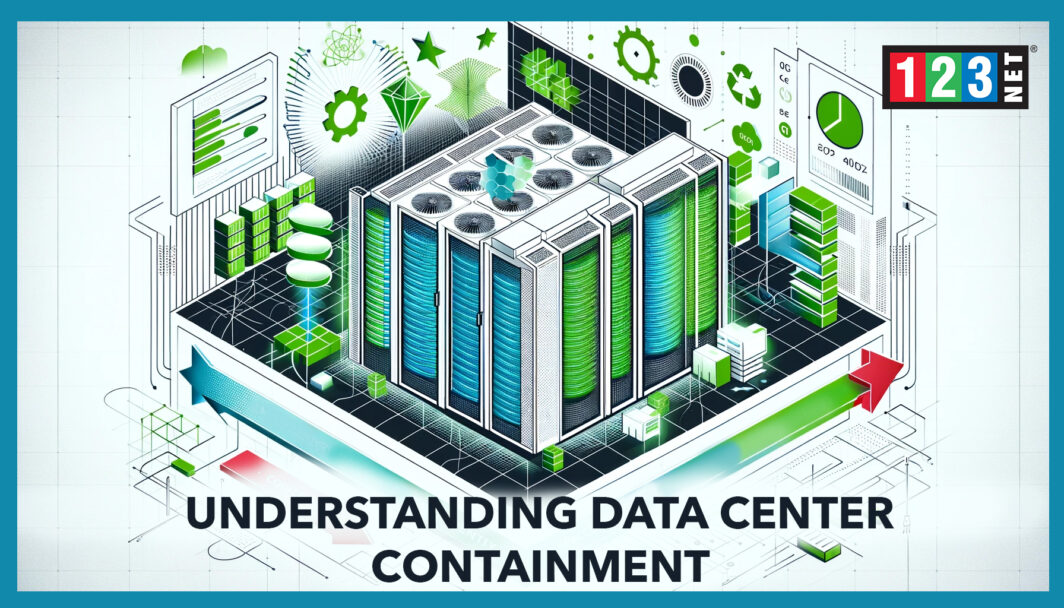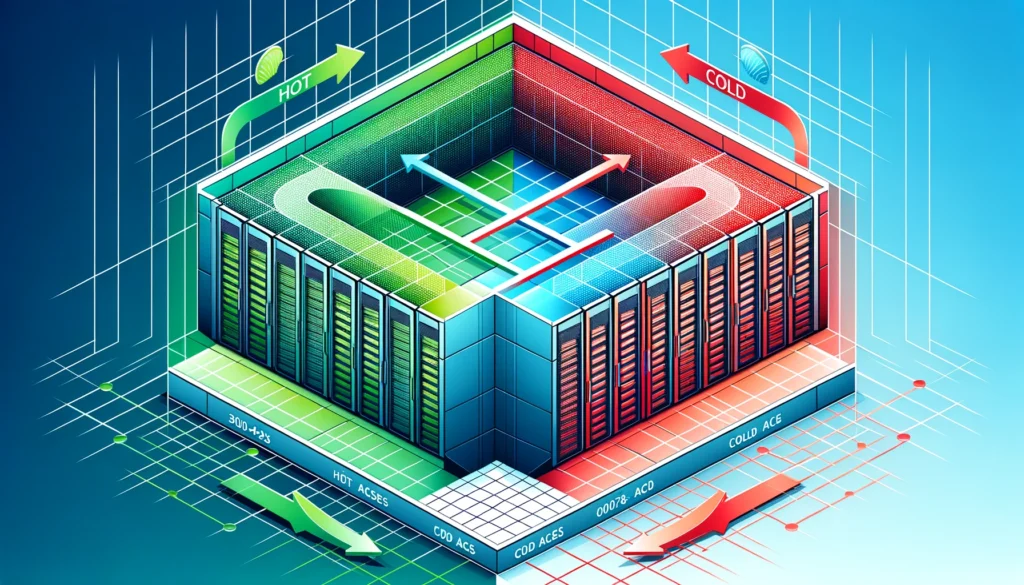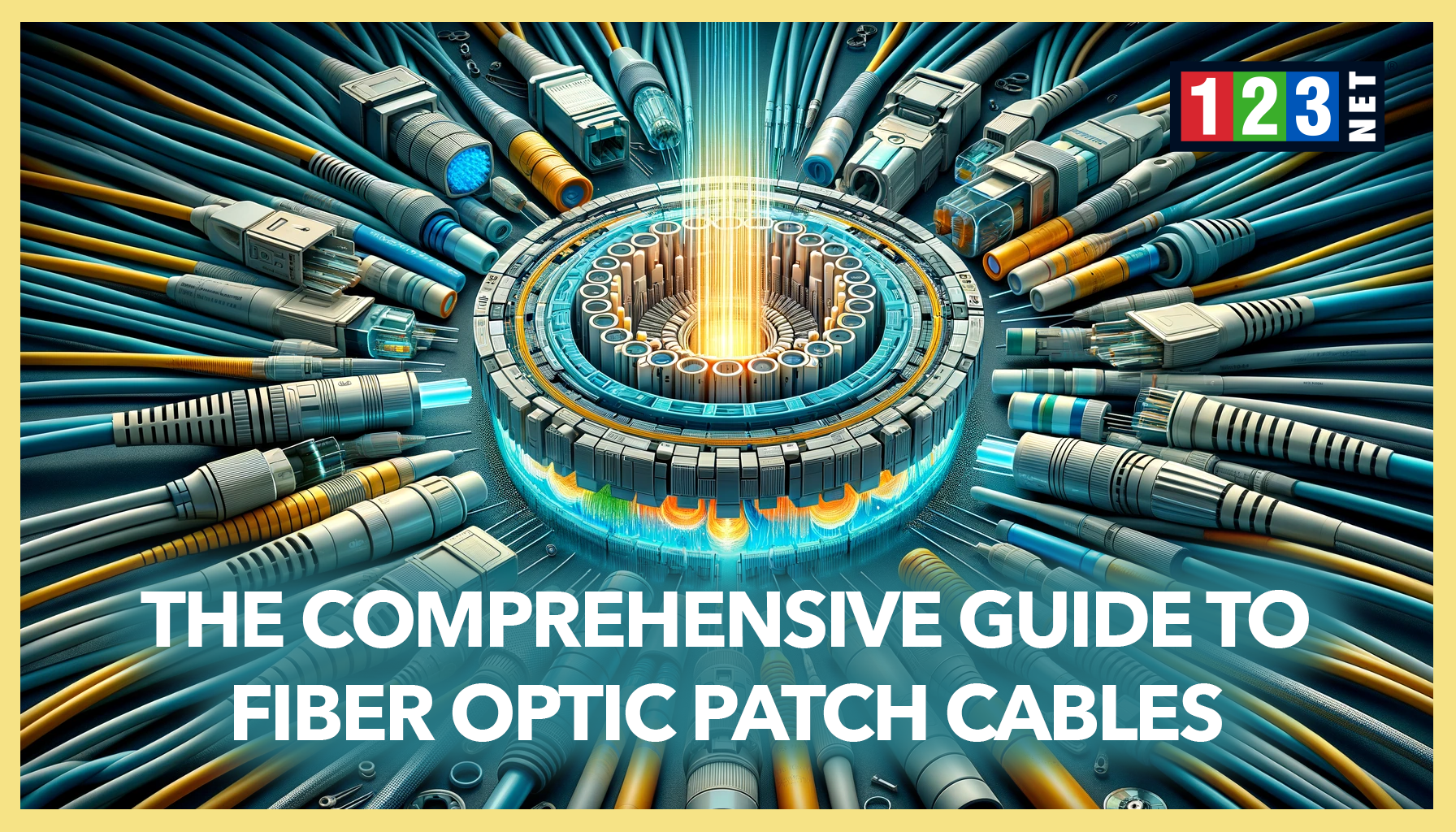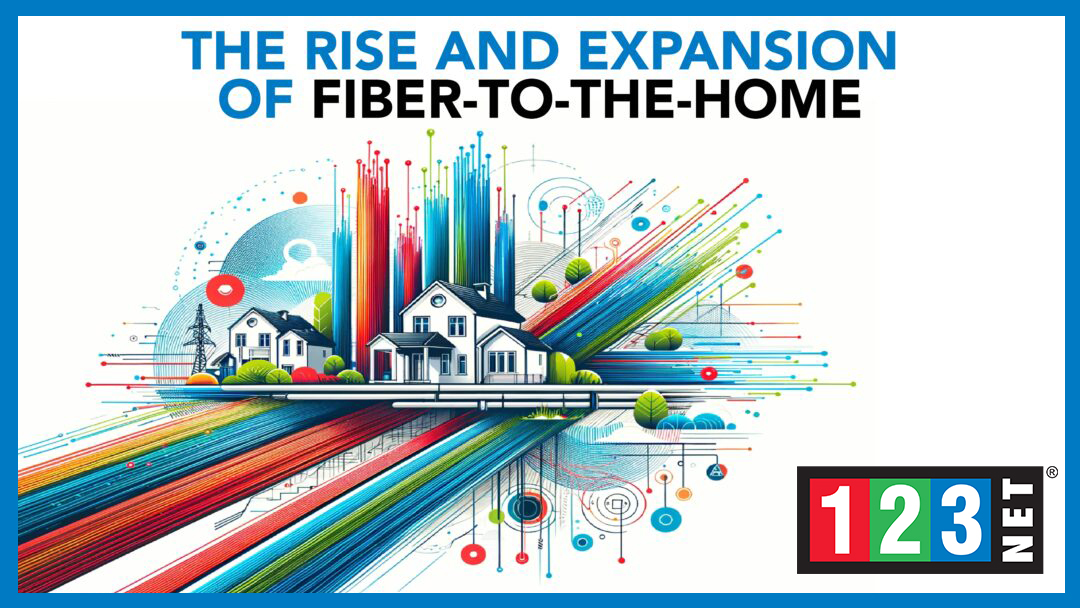
Introduction
In the dynamic realm of data center technology, containment emerges as a crucial strategy for enhancing efficiency and environmental sustainability. By isolating cold supply from hot exhaust air, it plays a pivotal role in refining cooling systems. This concise overview delves into the advantages, components, challenges, and real-world applications of data center containment. For data center managers, grasping the intricacies of containment solutions is vital. It not only improves the performance of their facilities but also ensures they can meet data processing in an energy-efficient manner. This exploration highlights the significance of containment in modern data centers, underscoring its impact on sustainability and efficiency. As technology evolves, understanding and implementing such solutions become key to maintaining competitive and environmentally responsible operations.
The Basics of Data Center Containment
Data center containment focuses on optimizing airflow to enhance cooling efficiency while reducing energy consumption. It involves two main strategies: Hot Aisle Containment (HAC) and Cold Aisle Containment (CAC). HAC targets enclosing the hot exhaust aisles, channeling warm air back to cooling systems without mingling with cooler air. CAC concentrates on the cold air aisles, aiming to keep cold air confined. As well as directing it across IT equipment without it mixing with warmer air. This methodical separation is pivotal for maintaining ideal temperatures and achieving cooling efficiency.
Effective management of airflow through containment strategies boosts cooling effectiveness and promotes even temperature distribution across IT equipment. This balance is essential for averting hot spots and guarantees that all machinery operates within its designated thermal range. Doing so not only extends the equipment’s service life but also minimizes the likelihood of malfunction. The implementation of containment systems represents a significant step towards optimizing data center operations. By focusing on the precise management of air circulation, data centers can substantially lower their energy bills. The deployment of HAC and CAC systems is a testament to the industry’s commitment to innovation and efficiency. This is ensuring that data processing facilities remain at the forefront of technological advancements while fostering a more sustainable future.
Benefits of Data Center Containment
Data center containment yields numerous advantages, with energy efficiency at the forefront. Data centers can markedly diminish the energy needed for cooling by tuning airflow. This decrease in energy use leads to reduced operational expenses and a lesser environmental footprint, thereby supporting sustainability objectives.
In addition to cost savings, containment elevates the cooling capabilities of data centers. Thanks to more effective cooling, facilities can support greater densities of IT equipment without investing in extra cooling systems. This space efficiency and scalability cater to the burgeoning demands for data processing capabilities. As well as facilitating growth without the need for physical expansion.
The environmental advantages are also significant. Enhanced energy efficiency means lower greenhouse gas emissions, a critical factor in today’s climate-aware society. Containment strategies present a viable approach for data centers aiming to lessen their ecological impact. By implementing such measures, data centers not only optimize their operational performance but also contribute positively to environmental preservation. This commitment to sustainability reflects a broader industry trend towards greener, more responsible data management practices. By highlighting the role of technology. its fostering a more sustainable future. Through containment, data centers can achieve a delicate balance between operational excellence and environmental stewardship. This is setting a benchmark for efficiency and sustainability in the tech industry.

Key Components of Data Center Containment Systems
Implementing a successful containment system in data centers is a complex process that demands an array of essential components, each playing a critical role in enhancing airflow optimization and cooling efficiency. Central to these systems are containment doors, panels, and roofs which establish physical barriers between the hot and cold aisles. These barriers are crucial for preventing the mixing of differing air temperatures, thus preserving the containment strategy’s effectiveness.
Distribution of Cold Air
To refine airflow management further, data centers employ perforated tiles and an assortment of accessories like aisle end doors, chimney systems, and curtain systems. These components are engineered to ensure the even distribution of cold air across the cold aisles and the efficient return of hot air to cooling units, all while preventing air mixture. This meticulous management of air paths is vital for the streamlined operation of the cooling infrastructure.
Containment Context
Additionally, the significance of cooling solutions, particularly in-row cooling units, is paramount in a containment context. In-row cooling positions units immediately adjacent to server racks, delivering direct, localized cooling tailored to the specific thermal output of each rack. This approach is exceptionally beneficial in containment environments where precise control over temperature is imperative for system integrity. The modular nature of these cooling solutions plays a significant role in the overall efficiency of containment systems, facilitating superior thermal management within data centers.
Airflow Management
This strategic integration of cooling technologies and airflow management accessories is foundational. Data centers can maximize their cooling efficiency and minimize energy consumption. The deployment of such containment systems bolsters the operational performance of data centers but also energy conservation and environmental sustainability. Through the meticulous application of containment principles and the innovative use of cooling and airflow management technologies, data centers are to meet the challenges of modern digital demands while adhering to principles of efficiency and sustainability. This comprehensive approach to containment system implementation underscores the importance of strategic planning and component selection in achieving optimal data center performance.
Challenges and Considerations in Implementing Containment
The advantages of data center containment, though substantial, come with their own set of challenges. For starters, the design and layout of the facility need to have considering factors to ensure that the containment solutions align with existing infrastructure. This might mean retrofitting older data centers with new containment systems or incorporating these systems into the design of new buildings from the outset.
Compatibility with the pre-existing infrastructure stands as another major hurdle. Data centers need to evaluate if their current cooling mechanisms, power distribution frameworks, and IT hardware are compatible with the modifications necessary for successful containment. This evaluation typically includes a cost-benefit analysis to ascertain the financial viability and return on investment of adopting containment solutions.
Moreover, the cost factor plays a pivotal role, given that the upfront investment required for containment infrastructure can be significant. Nevertheless, the potential for long-term energy savings and the opportunity to increase IT equipment density make this initial cost a worthwhile investment for many. Data center managers are tasked with carefully balancing these considerations, weighing the immediate financial outlay against the long-term benefits to make informing decisions regarding the implementation of strategies. Such deliberation is crucial in navigating the complexities of upgrading to a containment system, ensuring that the facility’s operational efficiency and sustainability objectives are met while keeping an eye on financial viability.

FAQs on Data Center Containment
- What is the difference between hot aisle and cold aisle containment? A: Hot aisle containment encloses the hot air exhaust aisles, directing it back to cooling units, while cold aisle containment encloses the cold air aisles, ensuring that cold air is directed through IT equipment.
- How does containment impact data center energy consumption? A: Containment significantly reduces energy consumption by optimizing airflow and cooling efficiency, preventing the mixing of hot and cold air, and allowing for more precise temperature control.
- Can containment systems be retrofitted in existing data centers? A: Yes, containment systems are in retrofit in existing data centers, though careful consideration must be given to design, layout, and compatibility with existing infrastructure.
Conclusion
Data center containment stands as a cornerstone of modern data center design, offering a path to enhanced cooling efficiency, energy savings, and environmental sustainability. By understanding and implementing effective containment strategies, data center operators can ensure their facilities are equipped to meet the demands of the digital age. As technology continues to evolve, the principles of airflow management, cooling optimization, and energy efficiency will remain critical to the success and sustainability of data centers worldwide.




